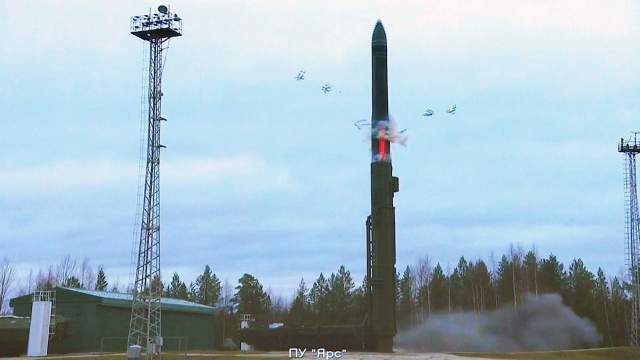All components of the nuclear triad were involved in the strategic maneuvers "Thunder-2022"On Friday, October 28, the exercises of the strategic nuclear deterrent force "Thunder-2022" ended in Russia.
As part of the maneuvers, a massive retaliatory missile strike against the enemy was practiced. The launches involved a mobile ground-based missile system at the Plesetsk test site, the K-114 Tula nuclear submarine in the Barents Sea and the Tu-95MS long-range aircraft carrier of the Russian Aerospace Forces. About what developments were tested during the training launches and how successful the exercises were — in the material of Izvestia.
Delivering orders
During the exercises, which started on Wednesday, October 26, not only missile launches were carried out. An important element of the maneuvers is the development of the procedure for controlling the use of strategic missile systems. This is a training that allows you to understand: if an order is received from the supreme command and the General Staff, how quickly and successfully it will be brought to the units and formations of strategic nuclear forces — to every aircraft, submarine, missile launcher. In such an exercise, the operation of combat control systems and strategic weapons is equally practiced.
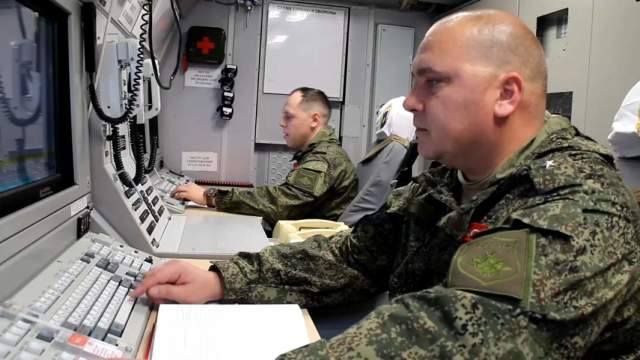
The work of the calculation of the strategic missile forces of the Russian Federation before the launch of the RS-24 Yars intercontinental ballistic missile (ICBM)
Image source: Photo: RIA Novosti/Press Service of the Ministry of Defense of the Russian Federation
The course of the maneuvers was observed by Russian President Vladimir Putin and the leadership of the Ministry of Defense, as well as the commander of the Strategic Missile Forces (Strategic Missile Forces) and the commanders-in-chief of the Navy and Aerospace Forces of Russia.
Western countries were warned about the exercises of strategic nuclear forces in advance. This is a common practice in such matters. A few days before the "Thunder", Pentagon press Secretary Patrick Ryder said that the department was aware and that these were ordinary annual Russian military exercises that did not require an increase in the readiness of the relevant American forces. That is, everything went without tantrums and demarches in the press. However, Russia reacted in much the same way to the regular NATO nuclear exercises "Persistent Noon", which took place a week ago.
Rocket Thunder
The most notable element of the strategic exercises were missile launches. On October 26, the RVSN calculation carried out a combat training launch of the RS-24 Yars intercontinental ballistic missile from the Plesetsk test site. For this purpose, a mobile ground-based missile system was used. Exactly the same are on combat duty in several dozen regiments in combat patrol areas, where mobile rocket launchers are difficult to detect and even more difficult to hit.
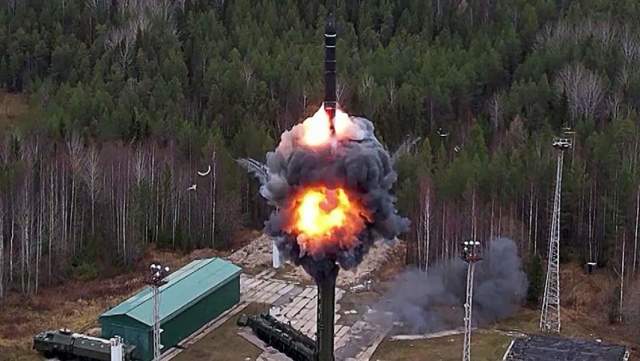
Launch from the Yars mobile ground-based rocket complex (PGRK) from the Plesetsk cosmodrome at the Kura test site during the Grom-2022 exercises
Image Source: Photo: TASS/Press Service of the Ministry of Defense of the Russian Federation
Yars is one of the most advanced missiles created by the Russian industry. This is a solid-fuel two-stage rocket developed by the Moscow Institute of Thermal Engineering, which can carry from three to six individual guidance warheads. That is, one missile can hit from three to six major targets on another continent — at a range of up to 12 thousand km and with the highest accuracy. The maximum deviation from the target is 150 m. The deployment of Yars as part of the Russian strategic forces began in 2009, but the improvement of these complexes continues constantly.
Currently, work is underway on controlled combat units that will be inaccessible to any missile defense systems. A new generation of "Yars" with modular separable head parts are also being developed, each of which will have its own engine and control system. Such complexes in the future will increase the combat capabilities of the Strategic Missile Forces at times. By the way, the launch on October 26 was successful — all combat units reached the Kura test site in Kamchatka.
Fleet and aviation
The second missile, which also successfully hit the target at the Kura test site, was the ballistic P-29RMU2 "Sineva" for submarines. Its launch from the Barents Sea was carried out by the nuclear submarine K-114 "Tula" project 667BDRM.
These submarines became the most advanced boats of the "pre-Boreas" era, that is, these are the ships of the penultimate generation that entered service with our Navy in the late 1980s and 1990s. They have already undergone medium repairs, are equipped with modern equipment and will last at least until 2030, and maybe even longer. On board they have intercontinental liquid rockets "Sineva" developed by the Makeev State Rocket Center from Miass.
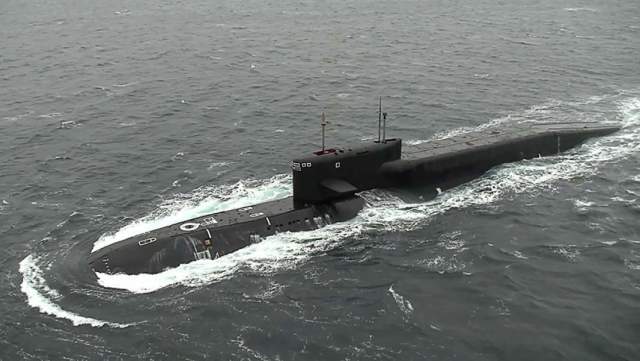
Nuclear submarine "Tula" before the launch of the ballistic missile "Sineva"
Image Source: Photo: TASS/Press Service of the Ministry of Defense of the Russian Federation
In Soviet times, it was in this city that all the main naval ballistic missiles were created, which made it possible to ensure full-fledged parity in the nuclear missile race with the United States. "Blue" is considered one of the most perfect in the world. Each can carry four medium-class high-power warheads or up to ten light warheads at a range of up to 11.5 thousand km.
Light does not mean weak — their power is not less than 100-150 kilotons, it is more than enough to sweep a small city, a military base or "uproot" a ballistic missile mine from the face of the Earth. Now the Sineva missiles, newly produced in the 2010s, are in service - the ammunition on the boats of the 667BDRM project has been completely updated. And, as the exercises showed, everything works normally.
In addition to the Strategic Missile Forces and the Navy, crews of Tu-95MS long-range aircraft of the Russian Aerospace Forces also took part in the Thunder-2022 exercises. The aircraft carried out launches of long-range air-launched cruise missiles.
Details of the launches are not reported, but it is known that the Tu-95MS can carry at least two types of strategic nuclear cruise missiles — the X-55CM and X-102. These are nuclear modifications of the already well-known X-555 and X-101 missiles. Their range allows carrier aircraft not to approach the enemy's air defense zone. A distance of 2.5 to 5 thousand km and a combat radius of 5-6 thousand km is more than enough to strike targets on any continent.
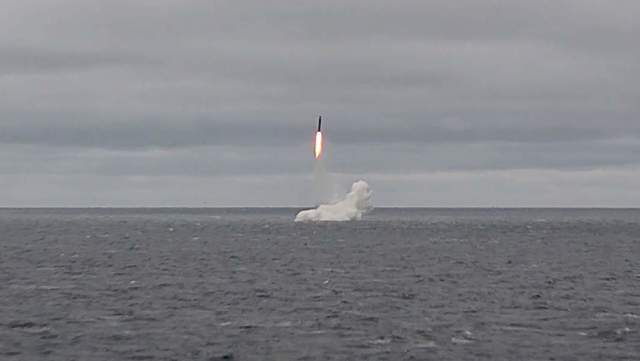
Launch of the Sineva ballistic missile from the Tula nuclear submarine to the Kura test site in the Barents Sea
Image Source: Photo: TASS/Ministry of Defense of the Russian Federation
Apparently, the strategic exercises "Thunder-2022" were successful. Just like in February of this year and like a year and two years ago. The country's nuclear missile shield is fully operational and manageable. Any target can be hit, and the order to use missiles will reach any carrier or launcher. One can only hope that the "Thunder" will remain an exercise and real missiles with nuclear warheads will not have to be sent into battle. And it already depends not only on Russia.
Dmitry Kornev
